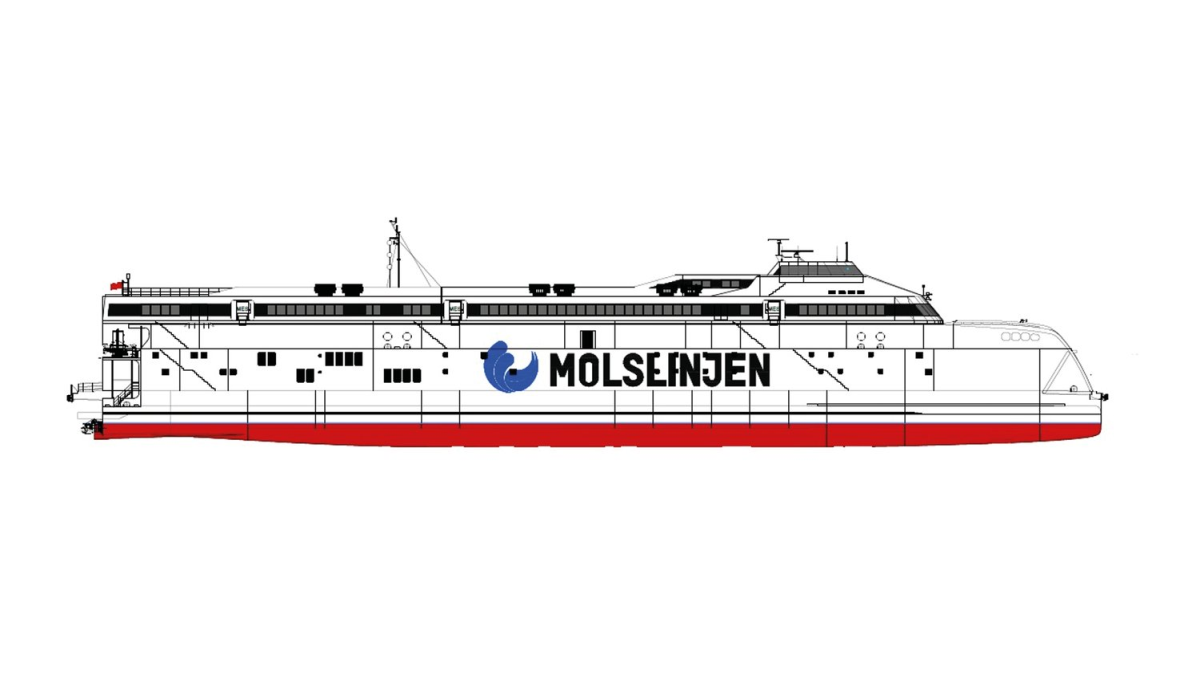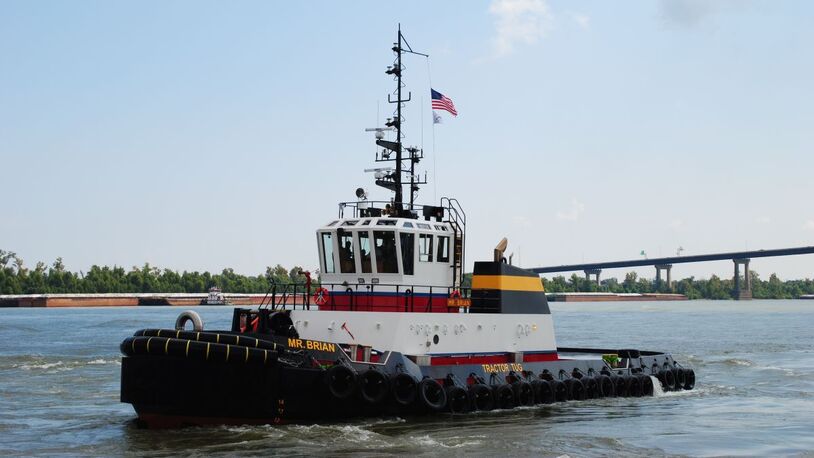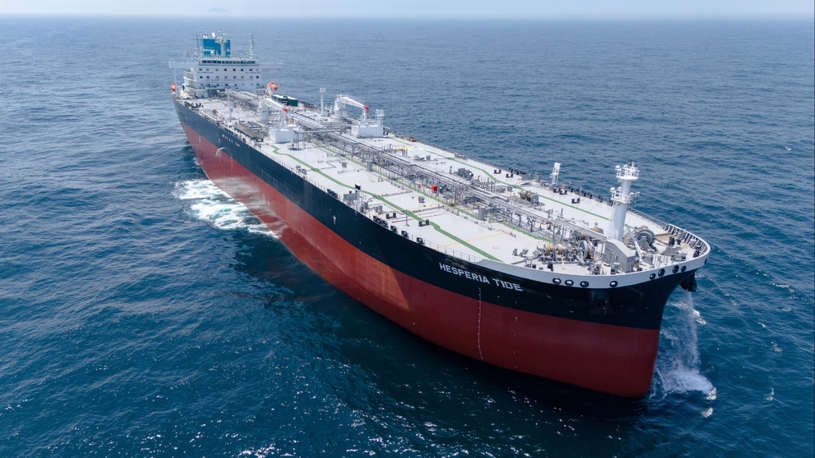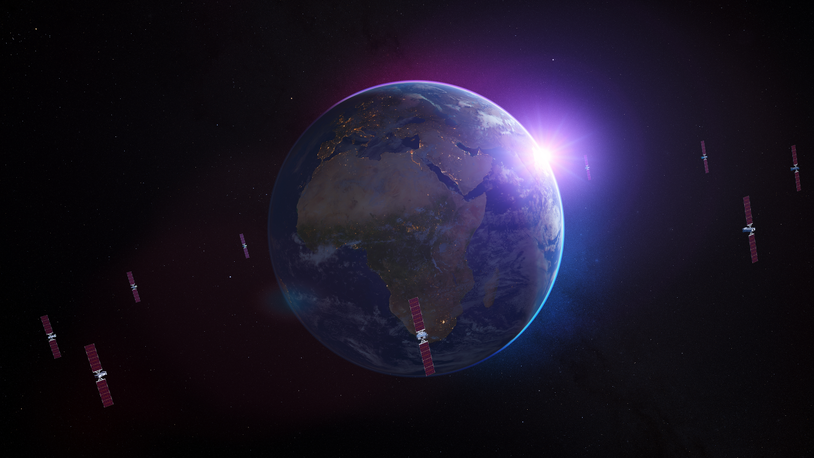Business Sectors
Events
Contents
Register to read more articles.
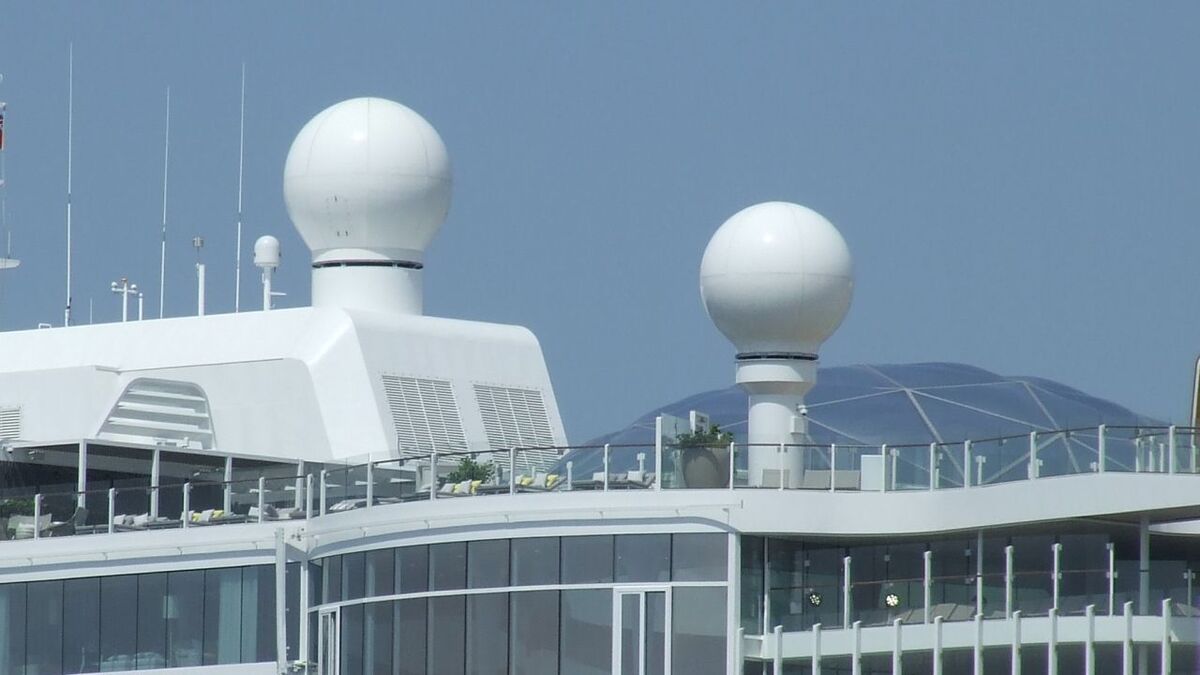
SES/Intelsat merger: maritime communications in the spotlight: part 1
In May 2024, satellite owner SES announced its plan to acquire rival Intelsat, in a deal set to complete mid-2025
This is no surprise to many, as similar talks took place in 2023 but with no actioned outcome. A change in leadership at SES, new objectives and aspirations are set, and a different outcome is reached, with repercussions for maritime connectivity.
Maritime is part of the mobility segments which is a small portion of the overall business for both companies. Proclaiming SES purchased Intelsat because of a lucrative piece of maritime business in Intelsat, or even aviation, would be untrue. These business elements of mobility are small pieces of the puzzle in the satellite operators’ action plan to total success, but there will be impacts.
European satellite operator SES splits its business into two segments: networks and video. In 2023, video revenues amounted to €967.00M (US$1.05Bn) and networks’ €1.06Bn. Mobility resides in the network segment, with government and fixed data operations.
Valour Consultancy has not yet completed its maritime connectivity report, 2024 edition, and the exact figures of each entity and segment are still unclear. However, it would gauge SES overall maritime satellite connectivity service revenues to be in the region of US$180M-US$220M. That is bigger than aviation and land.
There are three components to the operator’s maritime revenue piece: O3b serving lucrative cruise ships; Skala supporting maritime applications such as merchant, leisure, fishing and offshore energy via its resellers or sometimes directly, as with Maersk Line containers; and selling wholesale satellite capacity to companies such as Marlink, Speedcast, Anuvu and others.
“Why make the effort to service one merchant vessel for US$1,750 per month, when it could serve one cruise vessel and earn US$90,000 a month?”
Its O3b medium earth orbit (MEO) satellite business for cruise vessels has been very successful. Each vessel consumes humongous amounts of data, and SES has gorged on this business over the last few years. It has increased its large cruise vessel count by 50% over the last three years, and it indubitably needs to protect this.
Starlink and the growing horde of other low earth orbit (LEO) up-and-comers pose a big problem to SES in this marketplace. Some of this has been negated with the partnership with Starlink, announced in September 2023. But its feasting will be diminished, and unfortunately for SES, it will soon become pleasantly full.
This business must amount to around US$80M-US$100M per year, depending on leasing or purchasing equipment outright.
With Skala, from 2019 to 2021, lots of announcements were made about how much Skala had grown, in terms of vessels, sites or asset counts. SES has been pretty quiet about this as of late.
Where there were many service providers acting as resellers for Skala, it has been scaled back. Many arguments can be made as to why, however, a simple answer to this question – “why make the effort to service one merchant vessel for US$1,750 per month, when it could serve one cruise vessel and earn US$90,000 a month?” Its Skala business is worth around US$30M-US$40M per year to SES.
The tail end of smaller vessels becomes problematic and a nuisance rather than appealing.
That said, Maersk has its entire fleet of more than 300 merchant-owned vessels on SES’s Skala platform, served directly by SES. Starlink announced they had signed up Maersk vessels to its maritime services in October 2023, separate from the SES/Starlink cruise collaboration. A common theme is emerging.
SES also sells wholesale capacity to service providers, integrators, and other companies looking to stitch together their own proprietary network. Although not as large as Intelsat, SES generates in the region of US$90M for its MEO and very small aperture terminal (VSAT) services using its geostationary orbiting (GEO) satellite capacity wholesale.
Intelsat has two elements to its maritime business. It resells GEO VSAT wholesale capacity and also has a managed service, Flex. Its wholesale business is by far the biggest revenue maker, and the company likely made between US$100M-US$120M per year in 2021 and 2022.
The challenge with measuring this aspect is the long contract terms of the deals with the service providers and new terms, when redone. A good case in point is Marlink renegotiated its wholesale deal at the end of 2023, potentially at very favourable arrangements to Marlink compared with past ones.
In this aspect, the economies of scale that Marlink’s buying capabilities hold firm. The threat of LEO cannibalising GEO VSAT business literally does help service providers buy capacity cheaply and enables them to pay back bigger dividends to their shareholders. The service provider also did something similar with Eutelsat OneWeb.
Flex is Intelsat’s managed GEO VSAT service with, presently, around 14,000 vessels. The platform has grown well over the last few years, roughly adding 1,000 vessels per year since 2021. Intelsat only sells indirectly and has no business with shipping customers directly.
KVH is the biggest service provider on this managed service. Companies such as Marlink and Speedcast are not on the platform, but it does have a good array of well-known companies. Examples include Navarino, WorldLink Communications, OneNet group, and most recently, Satcom Global. The British service provider was one of the largest resellers on SES’s Skala in 2023. Change is afoot, and whether Satcom Global was removed from Skala, or Satcom Global got better terms and pricing on Flex than Skala will remain a mystery.
Two points should be highlighted in this regard. The feedback gathered on Flex is it is very easy and convenient to work with and Intelsat offers great flexibility on its services and pricing, which could have been hypothetically the reason Satcom Global moved over with them.
Additionally, the committed and maximum information rates on Flex are typically far smaller on average than other maritime service platforms, say Inmarsat’s Fleet Xpress Ka-band service. But it also offers the capabilities of much higher bandwidths, of more than 20 Mbps downlink per vessel, with KVH’s Elite service for superyachts. With LEO offerings becoming more prominent and GEO VSAT becoming a backup service, Flex looks like an astute choice for service providers blending services.
Part 2, looking at the combined group, will follow next week.
Joshua Flood is co-founder and managing director of Valour Consultancy
Maritime Media’sVessel Optimisation Webinar WeekUse this link for more information and to register
Maritime Media’sIACS URs E26 & E27: Bridging the gap between regulation and implementationUse this link for more information and to register
Related to this Story
Events
Offshore Support Journal Conference, Americas 2025
LNG Shipping & Terminals Conference 2025
Vessel Optimisation Webinar Week
© 2024 Riviera Maritime Media Ltd.


